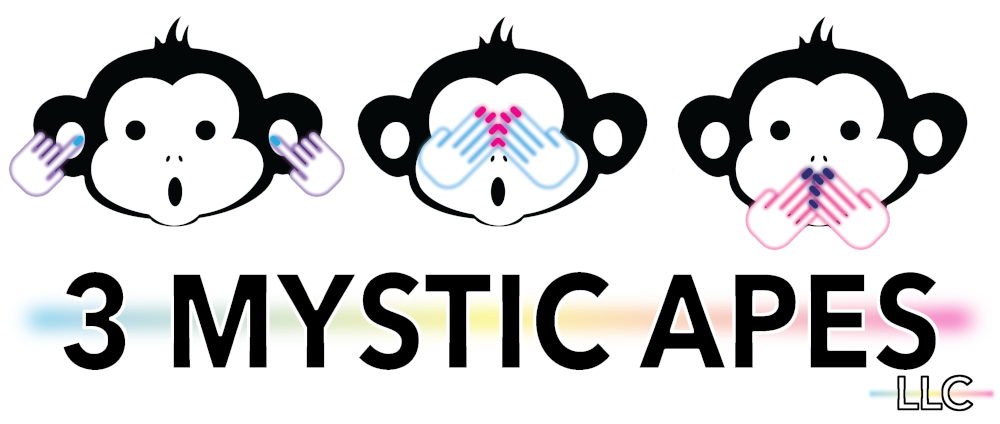Over the next few posts, we will set up the goal, and the start to dive into things all at a high level. This post is to welcome you to this site and this campaign. The next category of posts will fall into the following categories: People, Lost in the Cloud, Application/Web, and then Employee Amplification. Each one will be at a high level and we will then dive into the areas more.
So you have made it to the cloud, what’s next? However, let’s be honest, you probably haven’t fully made it to the cloud. You have probably started to be cloud-first, and that you have a plan in motion to finish migrating everything. If it's a small migration you can complete it within three to 6 months. So if you started in February 2020 you might just be finishing in August 2020, but more than likely you still have at least 6 months left. Depending on when your competition started there is a chance your competition is already fully on the cloud and has already started to take advantage of what’s next. However, are they thinking about how to fully use this opportunity to modernize the process, and what that means?
The cloud itself is just a buzzword. If you look up the definition of cloud computing it basically is just saying you are using a network of remote computers hosted on the internet. With it being a buzzword everyone is trying to do it. It partially reminds me of Web 2.0. It was mostly a marketing term. It was used to define a bunch of functionality that wasn’t new, and anything but magic. It had a focus on user interaction and started to make things more visually appealing. You could probably argue it was the start of the modern human-centered design. The term cloud covers a large set of services that fall into one of several categories: IaaS (Infrastructure as a Service), SaaS (Software as a Service), and PaaS (Platform as a Service). There are others but typically they still fall in one of the three core categories like DBaaS (Database as a Service) and FaaS (Functions as a Service). We really should be calling it the digital melting pot, but that isn’t as catchy as the cloud.
So if the term cloud is a buzzword what does that make a cloud architect, and why are they so expensive. A cloud architect is anything but a buzzword. The cloud architect’s job is to convert the requirements (both tech and business) and create an architecture to meet the needs. Each of the big three providers has well over 100 different resources each. The job is to be an expert generalist. You can never be an expert in everything in the cloud. The cloud architect has to have an idea of what resources to use and the layout to use. They might not know 100% the final build until it's done, but like planning a family road trip they have to know where to start, the destination, and the general route that will be used to get there. They also have to plan out that you will probably deviate a few places to sightsee and they will have to adjust, but they have a vision of the route to take. You can argue, probably any good architect would fall into this, they are a focused CTO/CIO. The big three cloud providers (AWS, Azure, and GCP) all have a business requirement as part of their Professional/Expert level Cloud Architect Certificate.
AWS Professional Solutions Architect
Design and deploy dynamically scalable, highly available, fault-tolerant, and reliable applications on AWS.
Implement cost-control strategies
Azure Expert Solutions Architect
Advising stakeholders and translating business requirements into secure, scalable, and reliable cloud solutions
GCP Professional Cloud Architect
To drive business objectives Analyze and optimize technical and business processes
The cloud architect also has to lead your team in growing that skillset. Who is that person for your company? If you are unsure, how do you know you are even going down the right path, or worse yet can properly support your team to ensure they can support the company and use the right resources for your company?
The next post will start to dive into looking at the people and some of the process.
Before you click the close or go to your normal reading material, take a moment to think about where you really think you are in this process. Do you think you are done? Are your employees prepared to support you in your journey, what phase are you really in?
